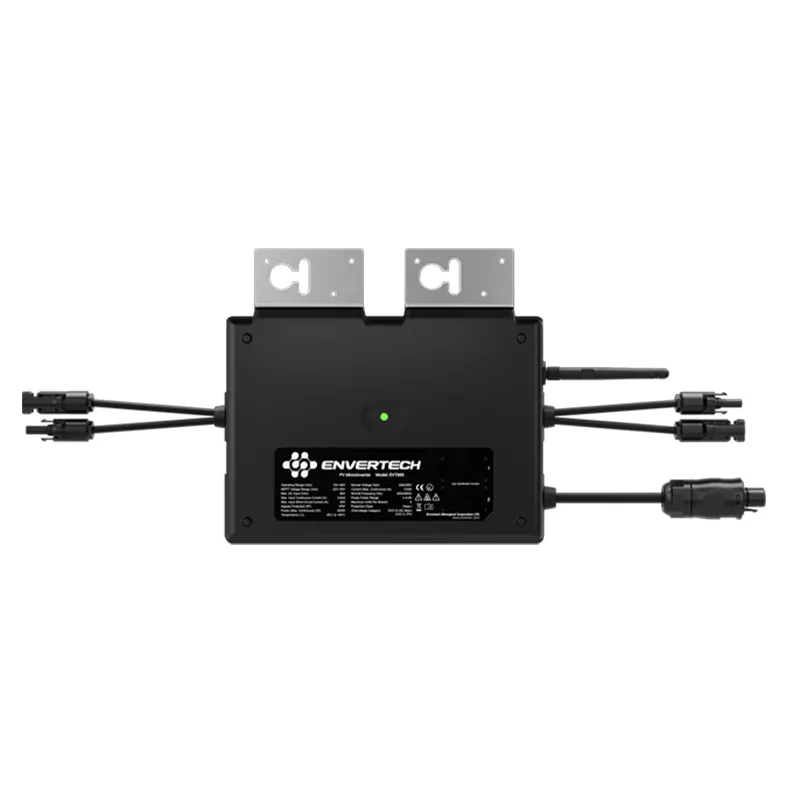Optimal Solar Panel Size Needed for a 5kW System Installation Guide
Understanding Solar Panel Size for a 5kW System
As more individuals and businesses seek sustainable energy solutions, solar power has emerged as a leading option. One of the most common queries regarding solar installations revolves around the size of solar panels needed for specific power outputs. In this article, we will delve into the calculations and considerations involved in determining the size of solar panels for a 5kW solar power system.
Basics of Solar Power Systems
A 5kW solar power system refers to a setup capable of producing 5 kilowatts of electricity under optimal conditions. This capacity is significant enough to provide electricity for an average household, covering essential needs like lighting, heating, cooling, and powering appliances. To achieve this output, various factors must be taken into account, including the efficiency of the solar panels, geographical location, and the average sunlight received.
Solar Panel Efficiency
Solar panels are manufactured with varying efficiency levels, typically ranging from 15% to over 22%. This efficiency measures how much sunlight is converted into usable electricity. Higher efficiency panels can produce more power in a smaller area, while less efficient panels require more space to produce the same amount of electricity.
For instance, a solar panel rated at 300 watts with an efficiency of 20% will occupy less space than a panel rated at 250 watts with a 15% efficiency, given the same photovoltaic (PV) technology. When considering a 5kW system, selecting panels with higher efficiency can significantly reduce the physical space required for installation.
Determining the Number of Panels
To calculate the number of panels required for a 5kW system, we can use the following formula
\[ \text{Number of Panels} = \frac{\text{Total System Size (Watts)}}{\text{Panel Size (Watts)}} \]
Assuming standard solar panels of 300 watts each, the calculation would look like this
\[ \text{Number of Panels} = \frac{5000 \text{ Watts}}{300 \text{ Watts/Panel}} \approx 16
.67 \]solar panel size for 5kw

This means you would need approximately 17 panels to achieve a 5kW output, given optimal conditions. If using panels with lower wattage, such as 250 watts, the calculation adjusts accordingly
\[ \text{Number of Panels} = \frac{5000 \text{ Watts}}{250 \text{ Watts/Panel}} = 20 \]
Thus, the number of panels will vary based on the wattage of the chosen solar panels.
Space Requirements
The physical dimensions of solar panels also play a critical role in installation planning. Most solar panels measure around 65 inches by 39 inches, with an area of about 17.6 square feet per panel. For our 300-watt panels, if we are using 17 panels, we would need approximately
\[ \text{Total Area} = \text{Number of Panels} \times \text{Area of One Panel} \]
\[ \text{Total Area} = 17 \text{ Panels} \times 17.6 \text{ sq. ft.} \approx 299.2 \text{ sq. ft.} \]
This area requirement must be considered when assessing roof space or ground-mounted installations. Homeowners must ensure they have enough usable area, free from shading from trees or buildings, to maximize solar energy capture.
Conclusion
A 5kW solar power system can significantly reduce energy bills and reliance on fossil fuels, making it an attractive investment for households and businesses alike. In determining the size of solar panels needed for such a system, factors such as panel efficiency, wattage, and available installation space must be carefully evaluated. By considering these elements, individuals can make informed decisions that align with their energy needs and sustainability goals.
Investing in solar energy is not merely an attempt to curb utility costs; it also represents a commitment to a cleaner and more sustainable future. As technologies evolve, the options available for solar panel systems continue to grow, making it easier for anyone to harness the sun’s power effectively.
-
String Solar Inverter: The High-Efficiency Solution for Smart Solar EnergyNewsJul.14,2025
-
Revolutionizing Rooftop Energy with the Power of the Micro Solar InverterNewsJul.14,2025
-
Power Independence with Smart Off Grid Solar Inverter SolutionsNewsJul.14,2025
-
On Grid Solar Inverter: Powering the Future with Smart Grid IntegrationNewsJul.14,2025
-
Monocrystalline Solar Panels: High-Efficiency Power for the Future of Clean EnergyNewsJul.14,2025
-
Bifacial Solar Panel: A Smarter Investment for Next-Generation Energy SystemsNewsJul.14,2025







